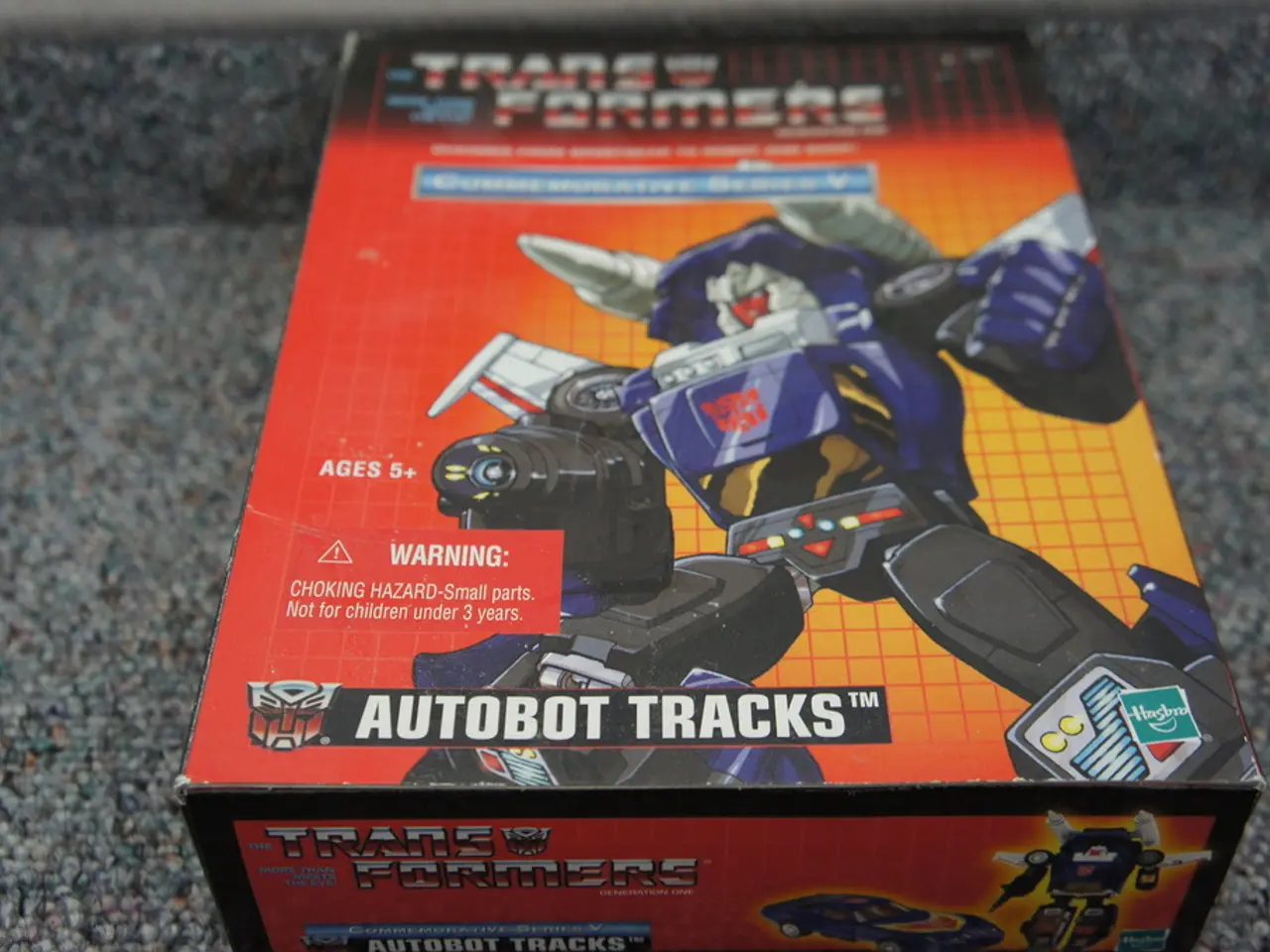Engineers may face risks in relation to AI, as suggested by a recent study, which illustrates a more complex scenario.
In a groundbreaking study, Microsoft has shed light on the evolving role of AI in engineering, revealing that it's not about wholesale automation but selective augmentation that varies significantly across specialties and tasks.
The study, which analysed 200,000 real-world interactions with the Bing Copilot AI between January and September 2024, has identified several strategic imperatives for individual engineers. These include developing skills that complement rather than compete with AI capabilities, actively experimenting with AI tools, and cultivating uniquely human capabilities that AI cannot effectively replicate.
The study also highlights that even jobs requiring a college degree, including several on the list of the most AI-exposed occupations, are vulnerable to AI disruption. The most AI-exposed occupations, based on this extensive analysis, are primarily knowledge work and communication-focused jobs. The top 10 jobs with the highest AI applicability include interpreters and translators, historians, passenger attendants, sales representatives of services, writers and authors, customer service representatives, CNC tool programmers, telephone operators, ticket agents and travel clerks, and broadcast announcers and radio DJs.
These roles typically involve tasks such as information processing, communication, content creation, answering queries, and data analysis, all of which AI can perform with significant overlap. However, it's important to note that AI does not currently complete 100% of any job’s tasks, and the impact is generally moderate.
Engineers are using AI to access capabilities traditionally provided by other roles, such as technical writing, research assistance, or customer support. Interestingly, in 40% of the conversations analysed, the work activities that users sought help with were completely different from the activities the AI actually performed. This suggests a "jagged technological frontier" where AI excels at some tasks while failing completely at others.
Data analysis activities received some of the lowest user satisfaction scores in the study. AI performed worse when trying to directly provide support or advice compared to helping engineers provide that support themselves.
Despite this, the study projects a positive outlook for the engineering profession, with overall employment in architecture and engineering occupations projected to grow faster than the average for all occupations from 2023 to 2033. Data scientists face particularly robust demand, with employment projected to grow 36% from 2023 to 2033.
For engineering educators, the findings point to curriculum needs around AI literacy, human-AI collaboration, and the skills that remain distinctively human in an AI-augmented world. For engineering organizations, the study suggests the need for thoughtful AI integration strategies that leverage AI strengths while preserving human expertise in areas where AI remains weak.
Innovations in AI are not limited to the engineering sector. China has unveiled a new high-strength plastic promising endless recycling without losing quality, a bionic antelope robot to observe endangered Tibetan species, a contactless levitation system to move delicate components with high precision, and a contactless levitation system to move delicate components with high precision. The US has also made strides in innovation, with a US tech firm unveiling a 20.7 sq ft solar hydrogen module powered by sunlight, water, and self-healing plastic stronger than steel.
As we navigate this AI-driven future, it's clear that the engineering profession will continue to evolve, with AI playing a significant role in selective augmentation rather than wholesale replacement.
[1] Microsoft (2024). The Future Computed: Artificial Intelligence and its role in society. Redmond, WA: Microsoft Corporation. [2] Manyika, J., Chui, M., Bughin, J., Dobbs, R., Roxburgh, C., & Byrne, M. (2017). Harnessing AI for business value: Putting the AI augmentation agenda into action. McKinsey & Company. [3] Rock, M., & Gupta, S. (2019). The AI-First Company: How to Build a Workforce That Cares About the Customer. Wiley. [4] Bureau of Labor Statistics (2023). Occupational Outlook Handbook. Washington, DC: U.S. Department of Labor. [5] Kaggle (2024). AI in the Workforce: A Benchmark Study. New York, NY: Kaggle, Inc.
- The study by Microsoft emphasizes that AI's role in engineering is not about wholesale automation, but selective augmentation that varies across specialties and tasks.
- AI is not completing 100% of any job’s tasks, and the impact is generally moderate, as suggested in the extensive analysis of Bing Copilot AI interactions.
- Despite AI's prowess in certain tasks, human expertise remains crucial, particularly in areas like direct support or advice, where AI underperformed in the study.
- The study, along with other innovations in AI, underscores the evolving nature of the engineering profession, where AI will play a significant role in selective augmentation rather than wholesale replacement.




